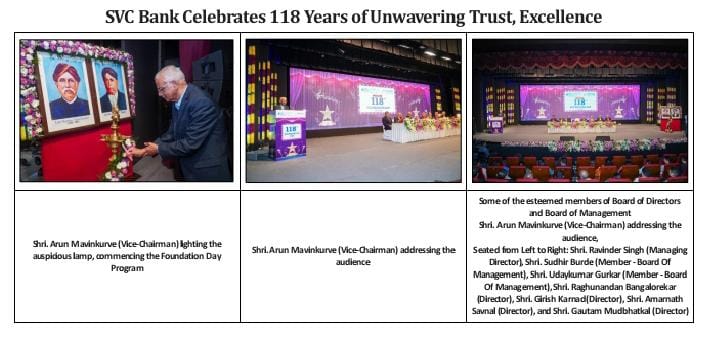World Spice Organisation concludes 1st edition of the National Spice Conference 2022

● Conference was attended by 300 delegates, including 100 farmers
● Spice exports contribute around 10% of agricultural exports and 40% of horticulture exports
● The Indian spice sector's contribution to the forex earnings through export has grown over 100 times in the last 35 years
World Spice Organisation (WSO), a non-profit technical partner for the All India Spices Exporters Forum (AISEF), concluded the 2-day National Spices Conference 2022 today, in Mumbai. The conference witnessed the presence of over 300 delegates, including 100 farmers, along with other key government and industry stakeholders. This was a one-of-its-first kind conference organized by the World Spice Organization in collaboration with GIZ and IDH-the Sustainable Trade Initiative.
Highlighting the spice industry's growth during the conference, D Sathiyan, Secretary of the Spices Board, said, “Indian spices exports crossed 4 billion US dollars in the last 2 years, covering more than 180 countries. The spice exports contribute around 10% of the agri exports and about 40% of the horticulture sector exports. India’s exports form only 15% of total spice production and balance is consumed in the domestic market. “
“According to international trade projections, demand for spices is poised to grow at a CAGR of 6.5 % in the next decade, indicating the huge opportunity for exports” he further added.
The Spice Board Secretary highlighted that developing harmonised global standards for spices through the Codex Committee on Spices and Culinary Herbs (CCSCH) will make it easier for spices to be traded around the world. The spice industry needs to evolve to keep up with international market practises and preferences.
Several experts stated during the conference that the supply chain must be strengthened by the participation of Farmer Producer Organizations and GI registrations must be increased (there are currently 26 GIs registered and 18 GI applications filed in addition to the 26 GIs registered for spices) in order to maintain and strengthen our leadership in the global spice markets.
Commenting on the conference turnout, Ramkumar Menon, Chairman of the World Spice Organization, said, “It was overwhelming to witness such an amazing turnout at our first National Spice Conference. In total, 300 delegates and stakeholders from the spice industry attended the conference. The topics discussed were relevant and will help regulate the spice trade for both Indian and international markets. As the theme for the conference was “Food Safety,” we at the World Spice Organisation would like to emphasize how Indian Farmers and other stakeholders in the supply chain should work towards ensuring food safety. We also aim to ensure that the farmers and the stakeholders in the supply chain get a higher unit value for their products, and that the spices are used not just in the Indian cuisine but also in the nutraceutical and pharmaceutical space, creating a larger portfolio for the spice market. “
Elaborating on the current Indian spice market situation, he further added, “Currently, the branded spices market is growing at a compounded annual rate of 10–15%, as against 7–10% in the case of the unorganized segment. Through this conference, we wanted to drive the message of food safety and quality standards to farmers and help them establish better market linkages with the help of farmer producer organizations.
Inoshi Sharma, Executive Director- Regulatory Compliance, FSSAI, said, “Conferences like this are extremely important as it provides an important platform to discuss grievances. For instance, maximum residue limits (MRL) are one of the primary concerns in the industry and FSSAI. The Ministry of Agriculture is the right entity to address complaints and suggestions/recommendations pertaining to MRL setup. The role of industry players in checking adulterations is also very important, and this can be done by promoting rapid testing of products.”
Commenting on the industry’s role towards farmers, she, further added, “All stakeholders in the industry must come together to educate farmers on hygiene, sustainable pesticide usage standards, and other beneficial agricultural practises. There is a need to strengthen synergy between sellers and producers to facilitate effective communication.”
The two-day conference with the theme “Food Safe Spices: Getting the Basics Right” covered important aspects like quality and food safety, innovations in the value chain, and sustainable and biodiversity-friendly practices, and facilitated discussion on challenges and ground realities in the presence of FPOs.
The conference was attended by FSSAI, Spice Board and National Research Organization like IISR and senior executives from leading spice-related firms.
“This news is provided by the company and the website will not be responsible in any way for the content of this article.”







